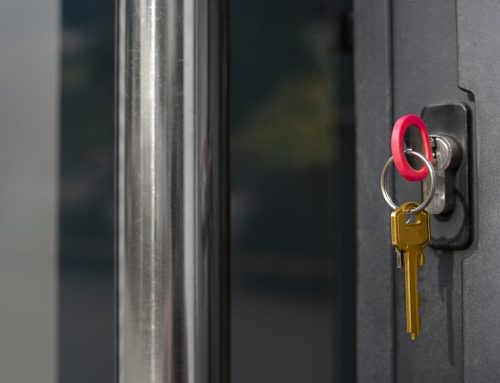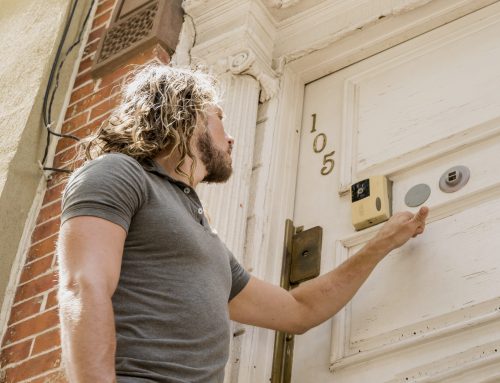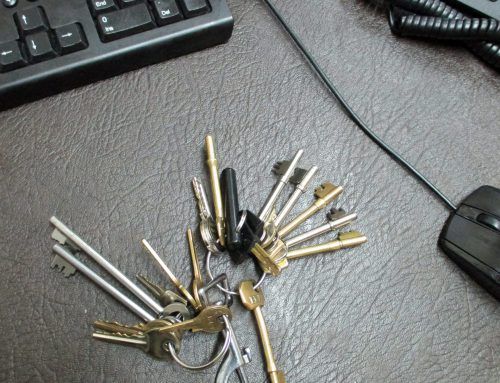
Ensuring the security of your premises, whether it’s a home or a business, is crucial in today’s environment. A thorough premise security assessment serves as a foundational step in safeguarding against potential threats. This article offers a detailed guide on what to look for when conducting a security assessment, providing you with a comprehensive checklist that covers all necessary aspects.
Core Components of a Security Assessment Checklist
Before diving into the specifics, it’s important to understand the major areas that a premises security assessment typically covers. These areas form the backbone of your security strategy and are critical for ensuring comprehensive protection.
Physical Access Points
Key to any security assessment is the evaluation of all doors, windows, and other potential unauthorised entry points. Ensure that locks are robust, doors and windows close securely and that there are no easy entry points for intruders.
Surveillance and Alarm Systems
Check the functionality and optimal placement of surveillance cameras and alarm systems. These systems should cover all critical areas without blind spots in recording or monitoring zones.
Access Control Systems
Assess the mechanisms controlling access to sensitive areas. This includes evaluating key cards, biometric scanners, and other security systems that restrict entry to authorised personnel only. Learn more about our master key systems.
Detailed Inspection Points
Each area of your premises requires specific attention during the security assessment. These detailed inspection points ensure that every aspect of your security setup is thoroughly evaluated and maintained to high standards.
Environmental Security Factors
The surrounding environment plays a significant role in security. Adequate lighting, strategic landscaping, and clear visibility are essential to deter potential intruders. Ensure that there are no obscured areas where someone could hide.
Emergency Systems
Regular checks of fire alarms, smoke detectors, and emergency exits are vital. These systems must be fully operational to ensure safety in the event of an emergency.
Physical Barriers
Evaluate the integrity of fences, gates, and other physical barriers that contribute to perimeter security. These should be in good condition to effectively deter unauthorised access.
Steps for Conducting a Security Assessment
Conducting a security assessment involves several steps that help ensure every aspect of your security is accounted for. This process, when followed diligently, can significantly enhance your security preparedness.
- Plan your assessment by identifying key areas of concern.
- Inspect each area using the checklist provided.
- Document findings and any deviations from optimal security standards.
Using a structured approach ensures thoroughness and helps maintain consistency across different assessments. For professional help, visit our services page.
Identifying and Addressing Vulnerabilities
During the assessment, it’s crucial to identify any vulnerabilities that could be exploited. This section focuses on how to effectively spot and address these weak points to enhance your premises’ security.
- Immediate repairs or upgrades to faulty security hardware.
- Enhancements to surveillance and monitoring systems.
- Improvements in physical barriers and environmental design.
Stay Vigilant and Keep Your Premises Secure
The key to effective security lies in regular assessments and updates. By following this comprehensive security assessment checklist, you can ensure that your premises are well-protected against threats. Those who require additional assistance should consider scheduling a professional assessment with Nonstop Locksmiths to address complex security needs.





